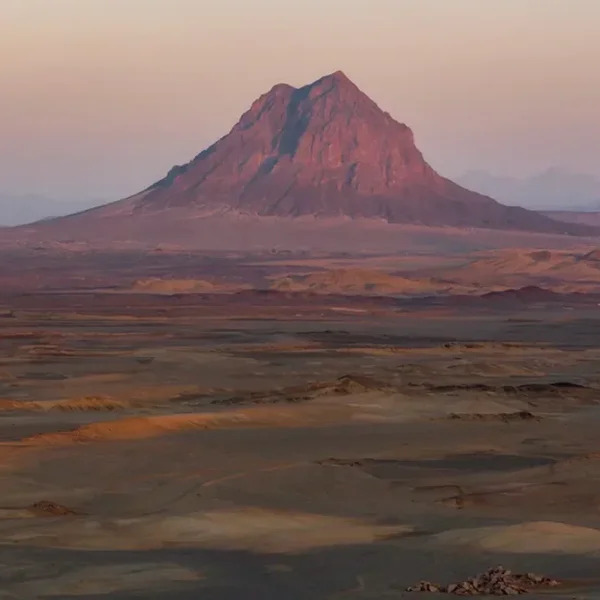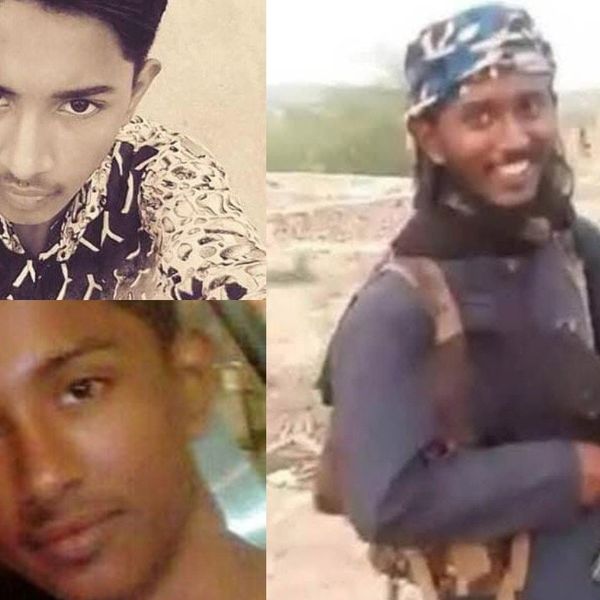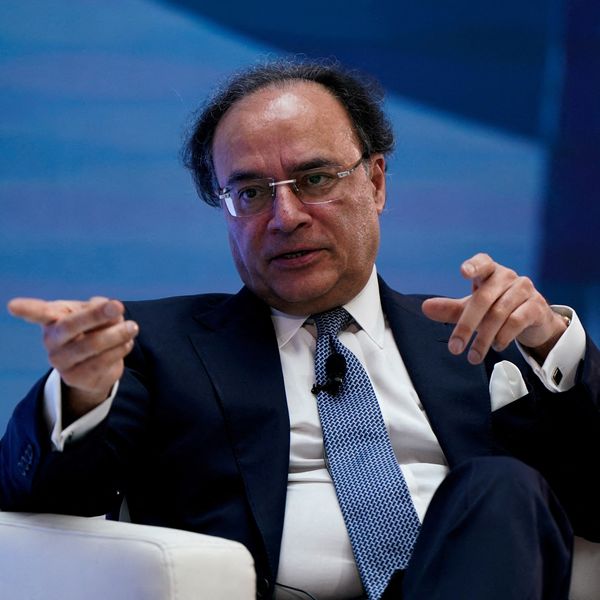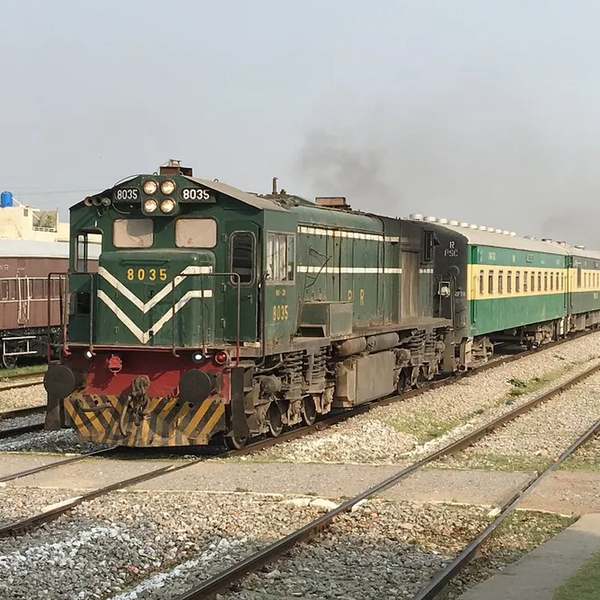Pakistan's ancient Kalash community faces crisis as women's population declines
Indigenous community of 4,109 practitioners dwindles as women seek opportunities through conversion
Kamran Ali
Correspondent Nukta
Kamran Ali, a seasoned journalist from Khyber Pakhtunkhwa, Pakistan, has a decade of experience covering terrorism, human rights, politics, economy, climate change, culture, and sports. With an MS in Media Studies, he has worked across print, radio, TV, and digital media, producing investigative reports and co-hosting shows that highlight critical issues.

Kalash tribe women in the Bumburate Valley in Pakistan's northern Chitral District on October 16, 2019. Only a quarter of Kalash residents still practice their traditional religion, while the rest identify as Muslim.
AFP
Only 25% of the Kalash valleys' total population still practices the traditional faith
Lack of separate schools means Kalash children study under Muslim teachers
In Pakistan's Chitral valleys, the indigenous Kalash community faces an unexpected crisis: they are seeing their female population decline. Meanwhile, in the nearby Mardan district, Khalida* fights back tears after learning her last possible pregnancy will bring a daughter, not a son.
These seemingly opposite reactions to female births stem from the same root: a society where women's lives remain circumscribed by rigid cultural constraints.
Speaking to Nukta, Khalida explained her distress: "I already have a son, and it would have been better if this one were a boy too because girls can't do much; they eventually leave for their in-laws' homes while boys, on the other hand, grow up to earn and support the family."
Her words inadvertently illuminate the Kalash crisis. In their community, the female population is declining sharply as young women convert to other religions - often Islam or Christianity - seeking greater opportunities and freedoms. "The scarcity of women poses a threat to our very existence," says Luke Rehmat, a social activist from the Kalash community.
Wish for ‘daughter’s birth’
According to the first official door-to-door survey conducted by the Kalash Valleys Development Authority (KVDA), the numbers tell a concerning story. Of the total 16,321 residents in the Kalash Valleys, only 4,109 still practice the Kalasha religion - making them one of Pakistan's smallest religious minorities - while 12,312 identify as Muslim.

The community's growth has been painfully slow: from 3,137 people in 2007, they've added just 972 members over 17 years. Among the Kalasha practitioners, women number only 1,914 (46.58%) compared to 2,915 men (53.41%) - a figure 3% lower than the average female population in Khyber Pakhtunkhwa.
With just 57 people added annually - roughly one birth every six days - the community's growth rate of 1.74% lags well behind Pakistan's national rate of 2.38%, suggesting a community whose very survival hangs in the balance.
Rehmat explains that because the female population is declining relative to the male population, it is increasingly difficult for young men to find spouses. "Parents who already have sons wish for the birth of a daughter," he said.
Conversion to other religions
Over the past 15 years, approximately 70 women from the Kalash community have converted to other religions, primarily Islam and Christianity. Siraj Uddin, a journalist from Chitral, notes that some view conversion as a pathway to opportunities abroad. "The absence of separate schools for the Kalash community further exacerbates the situation, as their children are educated under the supervision of Muslim teachers," Siraj observes.
"Government can't do much about such conversion as it is not forced," says Wazir Zada, representative of the Kalash community and Focal Person to the Chief Minister KP on Minority Affairs. "However, the government offers scholarships and job quotas to the community which can help reduce the rate of conversion," he expressed hopefully while speaking to Nukta.
Minhas Uddin, Director General of KVDA, told Nukta that this is the first official survey to accurately determine the population, revealing a significantly lower number of women than previously estimated. "The authority has established a dedicated Kalash desk which will maintain a comprehensive database on births, deaths, marriages, and conversions, ensuring that records are securely stored for future comparison," he added.

Saima Munir, a prominent women's rights activist, sees the connection between mainstream society's devaluation of daughters and the Kalash community's female exodus. In the broader society, as she explains, "The fear of harassment prevents many families from allowing their daughters to work. This, combined with the financial burden of wedding expenses and widespread domestic violence in their in-laws' homes, reinforces this troubling perception."
While Kalash culture traditionally offers women more freedom, the same external pressures - fear of harassment, financial burdens, and concerns about life after marriage - are precisely what drive young Kalash women to seek escape through conversion.
Origin of Kalash
The Kalash community, nestled in the three remote valleys of Biriu (Birir), Rukmo (Rumbur), and Mumorete (Bumburate) in Lower Chitral, is considered one of the world's oldest surviving indigenous cultures. Their origins are shrouded in myths that trace their ancestry to either Indo-Aryans or Alexander the Great's armies.
The Kalash people, recognized by UNESCO in 2018 as an Intangible Cultural Heritage, maintain a vibrant tapestry of rituals, traditions, and folklore that continues to captivate historians, anthropologists, and travelers alike.
*Name changed to maintain privacy










Comments
See what people are discussing